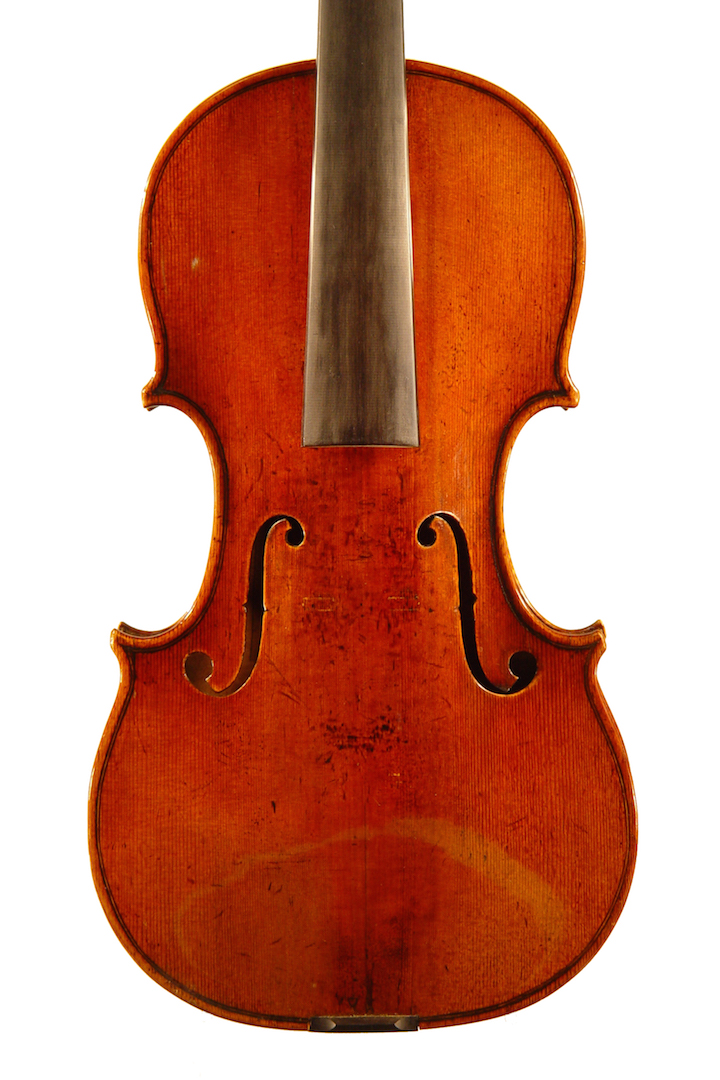â æ¥æã»ææå®ä¼
Closed on Sundays & Mondays
10:30ï½18:30
112-0002 æ±äº¬é½æ京åºå°ç³å·2-2-13 1F
1F 2-2-13 Koishikawa, Bunkyo-ku,
Tokyo 112-0002 JAPAN
å¾æ¥½åé§
丸ã®å
ç·ã4båºå£ã ååç·ã8çªåºå£ã
KORAKUEN Station (M22, N11)
æ¥æ¥é§
ä¸ç°ç·ã»å¤§æ±æ¸ç·ã6çªåºå£ã
KASUGA Station (E07)
- 03-5803-6969+81 3 5803 6969
- 03-5803-6969+81 3 5803 6969
- ãåãåãããã©ã¼ã Inquiry Form ãåãåãããã©ã¼ã Inquiry Form ãåãåãããã©ã¼ã Inquiry Form
- æ¯æ¿ãäºç´ï¼PC & æºå¸¯ããï¼Reservation for Rehairing

Dictionary of Makers
- All
- Violin Maker
- Gagliano, Alessandro
Alessandro Gagliano
Violin Makerã
c.1700-c.1735
NaplesItaly
Alessandro Gagliano, the first known Neapolitan violin .r\_maker, was the progenitor of the Gagliano dynasty, the most prolific violin-making family of the 18th century. Very little is known about his origins or training.
Gagliano's models are unique and do not show the in- fluence of Stradivari, unlike those of his sons Nicola and Gennaro. His varnish also differs radically from that of his sons; he used a deep red pigment rather than the more orange or yellow tones seen in their work. This, combined with the strongly flamed wood that he often used (see the violin and viola, both circa 1720), gives Gagliano's in- struments a stunning appearance. His f holes are short but elegant and are set rather low on the table, and his purfling is often inaccurate. In short, his work displays an unfettered creativity.
The viola featured here is one of only two known examples, the other having been altered in the 19th century to look like a Guarneri del Gesu (see The Strad, September 2002). The fluted front edges of the pegbox are a common feature in Gagliano's work and can also be seen on the 1724 cello. His cellos are also extremely rare, with only a dozen or so examples extant. The contrasting approach of the two cellos illustrated here shows the range of Gagliano's work - the 1709 is a rather delicate and diminutive model, the 1724 much more masculine in character.



